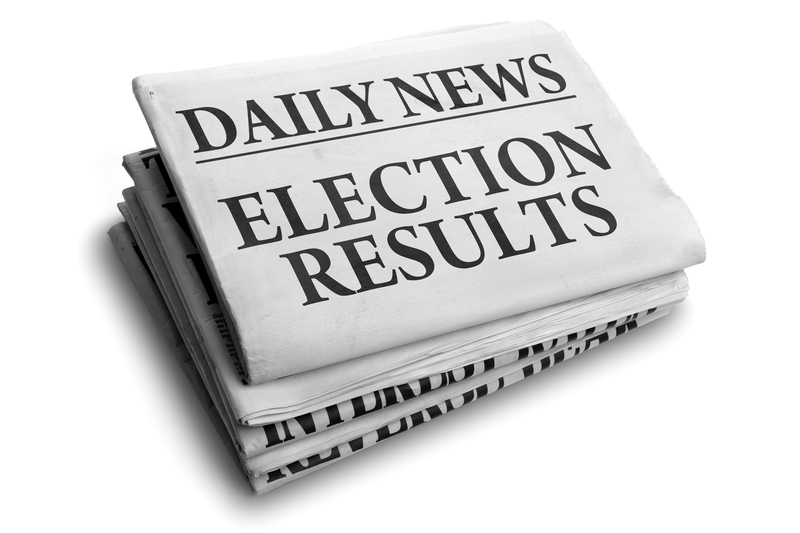'TIS THE SEASON
Along with holiday jingles and tra-la-las, expect the frequency of online surveys this November/December – and beyond – to escalate.
After all, the 2016 POTUS election is less than 12 months away.
 Today, prognosticators say there will be increased emphasis on gathering online and mobile data, adding to the already $10 billion marketplace (more than telephone and face-to-face opinion-izing combined). SurveyMonkey and peers have done a great job in selling services to professionals like lawyers who now use this kind of polling for all sorts of matters, from assessing racism in potential jurors to backgrounding those up for judicial appointments.
Today, prognosticators say there will be increased emphasis on gathering online and mobile data, adding to the already $10 billion marketplace (more than telephone and face-to-face opinion-izing combined). SurveyMonkey and peers have done a great job in selling services to professionals like lawyers who now use this kind of polling for all sorts of matters, from assessing racism in potential jurors to backgrounding those up for judicial appointments.
As well as to communicators and brand gurus. At the same time, many of us fail to use these tools wisely – and/or follow the pollsters’ leads. With a tip of the hat to Advertising Age, here are three rules that might make our employers’ bottom lines ring – and our employees’ experience, a bit more compelling:
- Remember the two Cs – continuity and consistency. Judging new directions on the results of one or two polls isn’t advisable; asking regularly is.
- Truth rules. Yeah, it might not be popular – but if what you’re hearing can be readily validated, leaders need to be told and your efforts, guided.
- The wider, the better. Especially inside business, it can be tough to grab employee attention. And therefore, very tempting to go to the same-old, same-old for questions. Expand your horizons – and offer incentives for responses.
What’s real is the data we’re seeking. Make sure you get the right kind of information to guide decision-making, inside and out.
 Tuesday, November 10, 2015 at 12:01PM | in
Tuesday, November 10, 2015 at 12:01PM | in  research
research 




